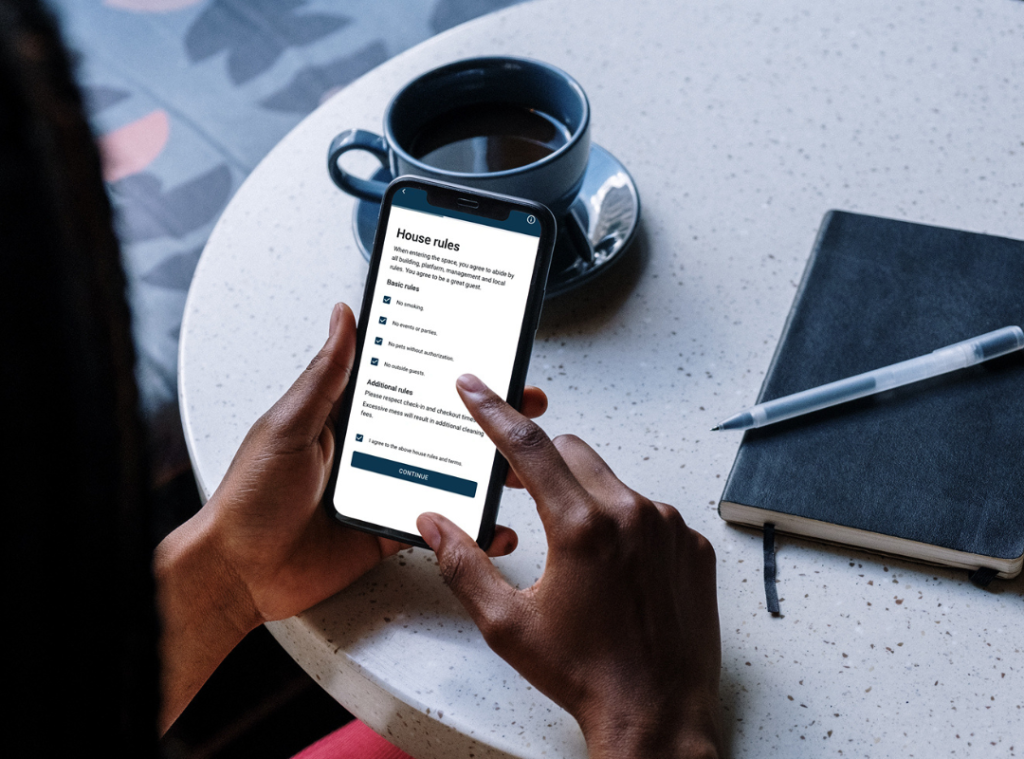Promoting your resort in today’s digital age requires a whole new approach. It’s not enough to have a Yellow Pages listing and a billboard to keep the bookings coming. Now, it’s all about mastering digital marketing. But don’t worry, it’s not as intimidating as it sounds. Here are some tips for improving your online visibility using digital marketing for resorts.
Digital Marketing for Resorts
First off, understanding the digital landscape for resorts means knowing where your potential guests hang out online and how they make their travel decisions.
It’s about being present in all the right places—social media, search engines, and email inboxes—to ensure your resort is top of mind when it’s time to book a getaway. Digital marketing isn’t just a single strategy but a blend of tactics that work together to build your brand’s presence online. It’s your ticket to not only reaching potential guests but also engaging them in ways that traditional marketing just can’t touch.
Developing a Comprehensive Digital Marketing Strategy
Crafting a digital marketing strategy is like planning a big, elaborate vacation. You need to know where you’re going (your goals), who you’re taking with you (your target audience), and how much you’re willing to spend to get there (your budget). Start by setting clear objectives: Do you want to increase bookings by a certain percentage? Boost your social media following? Whatever your goals, make sure they’re specific, measurable, achievable, relevant, and time-bound (SMART).
Next up, know your audience inside out. Are they young adventurers looking for an eco-friendly retreat, or are they families searching for a fun-filled getaway? Each group has different preferences and behaviors online, so tailoring your message to meet their specific needs is crucial.
And finally, your budget. Digital marketing offers a lot of bang for your buck if you spend wisely. You don’t need a bottomless pit of money, but you do need to know which tactics will give you the most bang for your buck.
Resort Marketing Solutions
Now, let’s talk about the tools in your digital marketing toolkit.
There’s a whole array of resort marketing solutions out there, from paid advertising to organic social media posts and everything in between. The key is to use a mix of paid, earned, and owned media to create a comprehensive approach.
Paid media might include pay-per-click ads that show up in search engine results or sponsored posts on social media. Earned media is the exposure you gain through word of mouth and the viral spread of content, like glowing guest reviews or shares of your posts. Owned media is anything under your direct control, such as your website and your social media profiles. Using these in tandem helps you create a strong, cohesive digital presence that attracts and engages potential guests from multiple angles.
Website Optimization and SEO
Your website is often the first impression potential guests have of your resort, so you want to make it count. A well-designed, easy-to-navigate website is crucial, but it’s only part of the puzzle. To get folks to your site in the first place, you need to be best friends with search engines, and that’s where SEO, or search engine optimization, comes into play.
SEO for resorts is about making sure your website pops up when someone types “best resort in [your location]” into Google. It involves using the right keywords in your content, making sure your site loads quickly, and is mobile-friendly (because let’s face it, everyone’s glued to their phones these days). Local SEO is especially important for resorts, as it helps you appear in search results for people looking to travel to your area.
Make sure your website talks about local attractions and how your resort fits into the picture of their perfect vacation.
Social Media Marketing for Resorts
Social media is like the modern-day campfire—it’s where people gather to share stories, photos, and recommendations. And for resorts, it’s the perfect place to show off what makes you special. Whether it’s Instagram, Facebook, TikTok, or Pinterest, choosing the right platform depends on where your guests hang out. Are they scrolling through Instagram looking for travel inspiration? Or are they more about Pinterest, pinning their dream vacation spots?
Once you’ve figured out where to focus your energy, it’s all about content. Stunning photos of your resort, sneak peeks of the delicious food at your restaurant, and behind-the-scenes looks at what makes your place unique can all spark interest. But it’s not just about what you post—it’s also about how you engage. Answering comments, running contests, and sharing user-generated content (like those glowing guest photos) makes people feel connected to your brand.
And let’s not forget influencers.
Teaming up with travel bloggers or local influencers can get your resort in front of a whole new audience. It’s like having a friend recommend your place to hundreds or thousands of their closest pals.
Email Marketing: Building and Nurturing Leads
Email marketing might sound a bit old school, but trust me, it’s still gold. It’s like sending a personalized invite to folks, asking them to check out your resort. The key here is to not just blast out the same old message to everyone. Segment your list so you can tailor your emails to fit different types of guests. Maybe you have a special offer for families during the summer or a romantic package for couples on Valentine’s Day.
The content of your emails matters too. Mix it up with resort updates, special promotions, and even local events guests might be interested in. And remember, every email should offer value—whether it’s a discount, a tip for a better vacation, or just a beautiful photo that makes them daydream about their next trip.
Marketing Strategies for Hotels and Resorts
Okay, so we’ve talked about digital tactics, but let’s zoom out a bit and talk about strategy. Successful marketing for hotels and resorts means having a game plan that ties all your digital efforts together. For example, maybe you’re targeting families looking for summer vacation spots. Your strategy could include blog posts on family-friendly activities near your resort, Instagram ads showcasing your family suites, and email newsletters with exclusive family package deals.
Don’t forget to keep an eye on what’s working and what’s not. Maybe those Instagram ads are bringing in a ton of inquiries, but the blog posts aren’t getting much traction. It’s all about experimenting, measuring, and adjusting your strategy as you go.
Resort Advertisement
Digital ads are another tool in your marketing toolbox, and they can be super effective when done right. The trick is to create ads that don’t just blend into the background.
Your ads need to grab attention and make someone stop scrolling and think, “Wow, I need to go there.”
You’ve got a few options here. Pay-per-click (PPC) ads can get you at the top of search engine results when someone’s looking for a resort like yours. Display ads can showcase your resort on websites your target audience visits. And retargeting? It’s like a gentle reminder to folks who visited your site but didn’t book, nudging them to give you another look.
Crafting the right message is crucial. Your ads should speak directly to what your target audience desires in a vacation. And with the magic of targeting, you can get super specific about who sees your ads, whether it’s by location, interests, or even past behavior online.
Content Marketing: Telling Your Resort’s Story
People don’t just book a stay; they buy into an experience. That’s where content marketing comes in. It’s not just about selling; it’s about telling the story of your resort in a way that makes people think, “I need to be part of that story.”
Think blogs about the local culture, videos of sunrise yoga on the beach, or podcasts featuring interviews with your staff. And visuals, let’s not forget the power of stunning images and videos that make future guests feel like they’re already there. Content marketing is your chance to showcase the heart and soul of your resort, creating a connection that goes beyond just a place to stay.
Reputation Management and Reviews
In the digital age, your reputation is everything. Reviews can make or break you, so staying on top of them is key. Make it a habit to monitor and respond to reviews across platforms, showing that you value feedback and are always striving to improve.
Positive reviews? Thank them! Negative feedback? Address it promptly and professionally, showing that you’re committed to guest satisfaction. And don’t be shy about encouraging happy guests to leave their thoughts online. A gentle nudge at check-out or a follow-up email can work wonders.
Analytics and Performance Measurement
What gets measured gets managed. Keeping an eye on your digital performance isn’t just for the tech-savvy. It’s crucial for understanding what’s working and what’s not. Use tools to track your website traffic, social media engagement, email open rates, and ad performance.
This data is like a roadmap, showing you where to double down and where to pivot. Notice a spike in website visits after a blog post?
That’s a sign to produce more content like it. Ad not getting clicks? Time to tweak your message or audience targeting.
So, there you have it—a crash course in digital marketing for resorts. Remember, the digital world is always evolving, so staying flexible, creative, and willing to learn is part of the game.
































